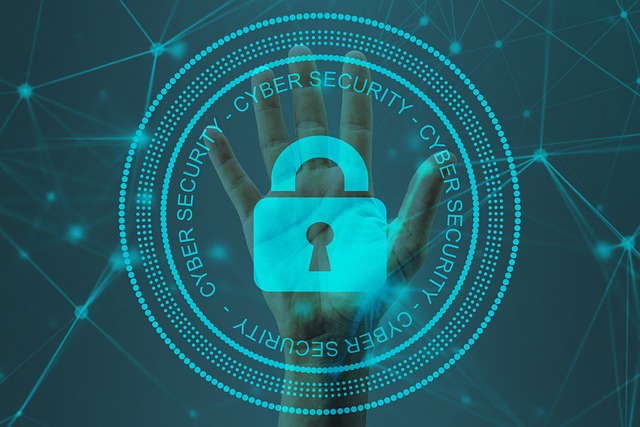In the ever-evolving landscape of cybersecurity, staying ahead of threats is paramount. As technology continues to advance, so do the methods of cyber attackers. In this era of digital transformation, traditional security measures are proving insufficient in safeguarding sensitive data and critical systems. This is where the concept of Zero Trust comes into play.
Zero Trust is not just a buzzword; it's a paradigm shift in cybersecurity philosophy. It operates on the assumption that threats could be both outside and inside the network perimeter, and thus, trust should never be granted implicitly to any user or device, regardless of their location. In 2024, Zero Trust is no longer a novel idea but a necessity in the arsenal of cybersecurity strategies.
The Evolution of Zero Trust
Zero Trust has come a long way since its inception. Initially proposed by Forrester Research in 2010, it has gained significant traction over the years, especially with the rise of cloud computing, remote work, and the proliferation of connected devices in the Internet of Things (IoT). As organizations increasingly adopt these technologies, the traditional castle-and-moat approach to security has become obsolete.
In 2024, Zero Trust has matured into a comprehensive framework encompassing multiple layers of security controls and continuous monitoring. It leverages principles such as micro-segmentation, least privilege access, continuous authentication, and strict enforcement of policies across the entire infrastructure. This holistic approach aims to minimize the attack surface and contain breaches effectively, even in the face of sophisticated threats.
Zero Trust in Practice
Implementing Zero Trust is not a one-size-fits-all solution. Each organization must tailor its approach based on its unique infrastructure, risk profile, and compliance requirements. However, there are several common elements in any Zero Trust strategy:
-
Identity-Centric Security: Authentication and authorization are the cornerstones of Zero Trust. Every user, device, and application must be verified and authenticated before accessing resources. This includes multifactor authentication (MFA), biometric authentication, and continuous monitoring of user behavior for anomalies.
-
Micro-Segmentation: Network segmentation is essential to limit the lateral movement of attackers within the network. With Zero Trust, segmentation becomes granular, dividing the network into smaller, isolated segments based on factors such as user roles, application sensitivity, and data classification.
-
Encryption Everywhere: Data encryption is crucial for protecting data both in transit and at rest. Zero Trust advocates for end-to-end encryption to safeguard sensitive information from interception or unauthorized access, whether it's stored in the cloud, on-premises, or transmitted between devices.
-
Continuous Monitoring and Analysis: Zero Trust requires real-time visibility into network traffic, user activities, and security events. Advanced analytics and machine learning algorithms are employed to detect anomalies, suspicious behavior, and potential threats proactively. This enables organizations to respond swiftly to security incidents and minimize the impact of breaches.
The Future of Zero Trust
Looking ahead, Zero Trust will continue to evolve to meet the challenges of an increasingly complex threat landscape. In 2024 and beyond, we can expect to see the following trends shaping the future of Zero Trust:
-
Zero Trust as a Service (ZTaaS): With the growing adoption of cloud services and managed security solutions, ZTaaS will emerge as a popular option for organizations looking to outsource their Zero Trust implementations. This will democratize access to advanced security capabilities and help smaller businesses strengthen their defenses against cyber threats.
-
Integration with DevSecOps: As organizations embrace DevOps practices for faster software development and deployment, integrating security into the DevOps pipeline will be crucial. Zero Trust principles will be embedded into every stage of the development lifecycle, from code commit to production deployment, ensuring that security is not an afterthought but built-in from the start.
-
Zero Trust for IoT and OT: The proliferation of IoT devices and operational technology (OT) in industrial environments presents unique security challenges. Zero Trust frameworks will be adapted to secure these environments, with a focus on device authentication, traffic encryption, and anomaly detection to mitigate the risks associated with connected devices.
-
Regulatory Compliance and Zero Trust: As data privacy regulations become more stringent worldwide, compliance with regulations such as GDPR, CCPA, and the upcoming CPRA will drive the adoption of Zero Trust principles. Organizations will need to demonstrate robust security measures, including Zero Trust, to protect personal data and avoid hefty fines for non-compliance.
Conclusion
In 2024, Zero Trust has emerged as a foundational concept in cybersecurity, providing a proactive defense against evolving threats in an increasingly digital world. By adopting a Zero Trust mindset, organizations can enhance their security posture, mitigate risks, and safeguard their most valuable assets from cyber attacks. As technology continues to advance, embracing Zero Trust will be essential to staying ahead of the curve and ensuring resilience in the face of ever-present cybersecurity challenges.


No comments yet